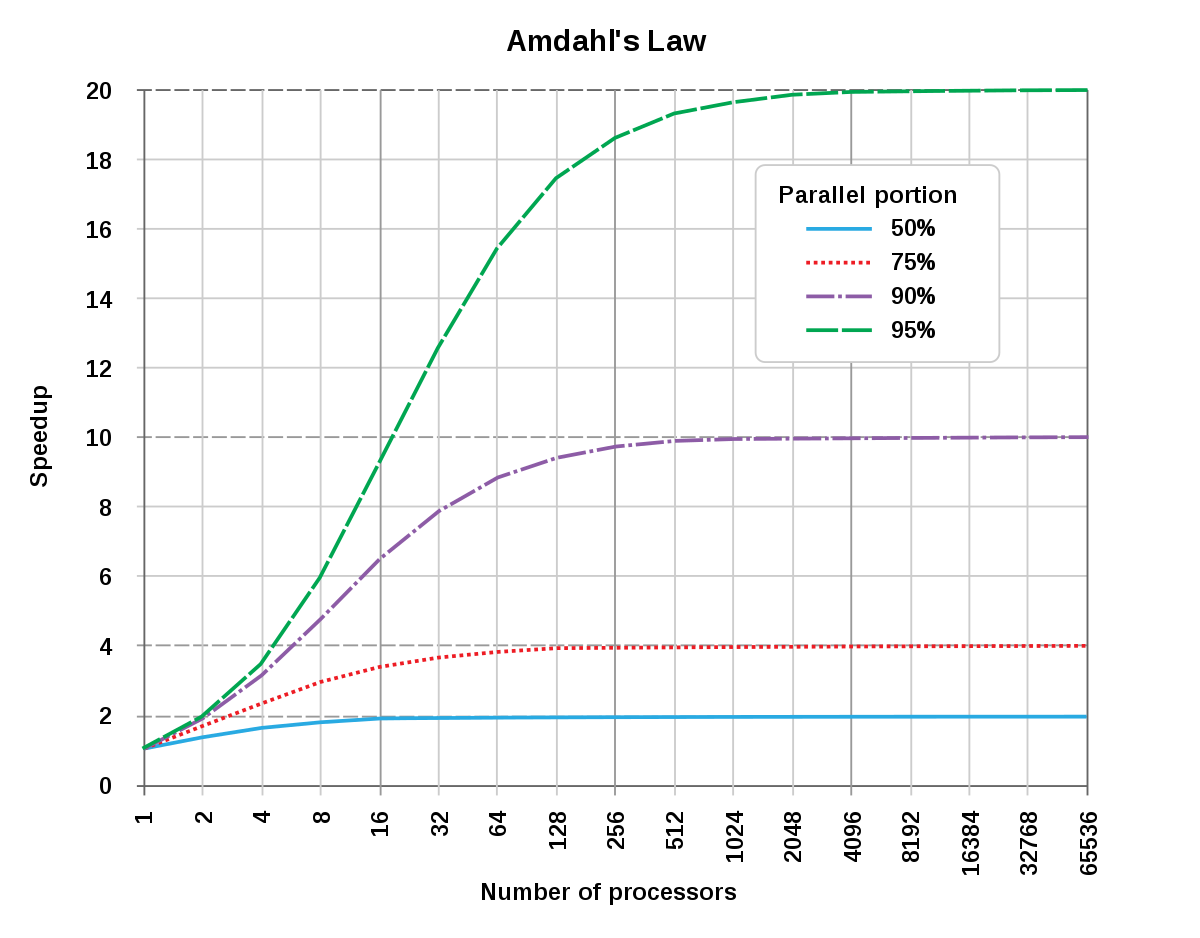Associate
- Joined
- 19 Sep 2022
- Posts
- 1,084
- Location
- Pyongyang
But isn't that how stuff works in general.. raster included.It seems like an easy way to move the goal poasts as there are always more "rays" to be "traced".
So what happens when all mainstream cards can run a given title at max settings including ray tracing? Well then we get an update "spycho" rayt racing. What's that? Now cards can run that too? Don't worry, we'll put out a patch with "overdrive" ray tracing.
Soon it will be "super duper, no we really mean it this time" ray tracing.





 2% of gamers do so in VR which goes up to 15% of simmers (Steam numbers). We often spend quite a lot of money on our hobby. Missed opportunity imo.
2% of gamers do so in VR which goes up to 15% of simmers (Steam numbers). We often spend quite a lot of money on our hobby. Missed opportunity imo.